Where would we be without air conditioning? Well, to put it bluntly we would be muggy, sweaty and stinky. It doesn’t matter if we are heading into the office or the supermarket for that matter, we always love it when we walk out of 28 degrees and into 20. It’s 8 degrees of difference, but it can have major effects. If we’re at the office, it helps us work more efficiently. We will be able to get more things done. It is, however, something that we at times can take for granted. We’re quickly reminded of how much we need it when the power cuts. So who invented air conditioning? How did it come to be? Let’s see.
It all started with a man by the name of Willis Carrier. He was an engineer from America that has been credited as inventing the modern day air conditioner. The principle of using evaporated water to cool things down has been around for thousands of years.
Air Conditioning In Ancient Times
This idea goes back all the way to ancient Egypt. They would take a mat, soak it in water and hang it in their dwelling above their doorway. The result? The water would evaporate and cut down the temperature inside. Jump ahead in the stream of time and the Romans tried different things to cool things down. They did this by using a series of pipes that would carry fresh water.
Air Conditioning In The 18th And 19th Centuries
In about 1758 Benjamin Franklin and some other scientists started testing the effects of refrigerating different types of liquids. They didn’t stop there. They continued to do research. In one such experiment, he used a bellow and ether to cool mercury to -25 degrees Celsius. With all that on his mind, it’s interesting to note that he wrote in his journal that one day in the future a person could have the possibility of freezing to death.
The year 1820 rolled around and an inventor by the name of Michael Faraday was doing experiments of his own on gases that are used in refrigeration. He found that if he compressed and liquidized ammonia and let it evaporate, the air inside his laboratory cooled down. A physician with the name of John Gorrie created a machine to keep his patients that had yellow fever cool. This machine utilized water and compressed air to make a cooling system. He put a patent on it in 1851. The design looked somewhat like what an air conditioner looks like today.
Air Conditioning Today
This brings us to Willis Carrier. He was confronted with the task of keeping a plant cool without having too much humidity because this could wreck the colour used in multi-colour printing. He was equal to the task at hand. He did this by coming up with an air conditioner that used different amounts of coils. This helped keep their plant cool with a comfortable 55% humidity rate. It’s quite amazing because it would have had the equivalent of 48 988 kg of ice. Thus, the air conditioner as we know it was born.
Back then air conditioners were mainly used in factories. In about 1914 Charles gate had one installed in his mansion. Since then, the cooling industry has been progressing in various ways. Brisbane Air is up to date on all the new technology that is coming out. Feel free to contact them for all your cooling needs.
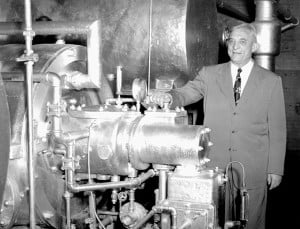 Throughout history, mankind has made continuous attempts to adapt to the physical discomfort of living in hot climates. From taking a nap in the shade to avoid the noon day sun, to creating architecture specifically designed to utilize our planet’s natural ventilation streams, the history of the human race is liberally sprinkled with examples of our desire to keep cool. Yet it is only in the last 100 years have we succeeded in developing mechanical systems that enable us to reach beyond simply taking advantage of our geographical situation to control our surrounding temperatures.
Throughout history, mankind has made continuous attempts to adapt to the physical discomfort of living in hot climates. From taking a nap in the shade to avoid the noon day sun, to creating architecture specifically designed to utilize our planet’s natural ventilation streams, the history of the human race is liberally sprinkled with examples of our desire to keep cool. Yet it is only in the last 100 years have we succeeded in developing mechanical systems that enable us to reach beyond simply taking advantage of our geographical situation to control our surrounding temperatures.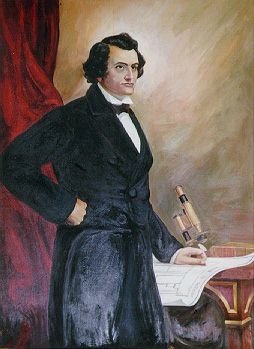
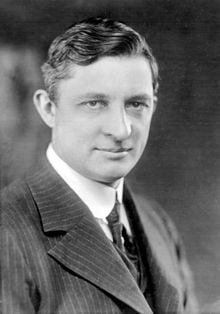 It was around this time that
It was around this time that 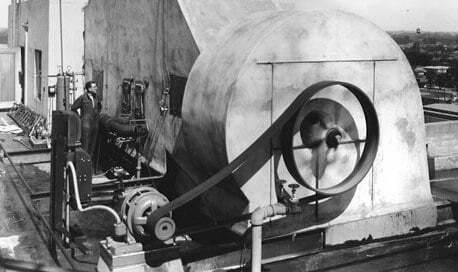 In 1924, The Carrier Company installed a trio of centrifugal coolers in the J. L. Hudson Department Store in Detroit, Michigan. The pleasing effect on shoppers was duly noted and air conditioning quickly became an integral part of any serious retailer’s marketing strategy. From there it did not take long for serving politicians to get in on the act. Between 1928 and 1930 the White House, the Senate and the House of Representatives were all equipped with cooling systems, as were many other government buildings across the country.
In 1924, The Carrier Company installed a trio of centrifugal coolers in the J. L. Hudson Department Store in Detroit, Michigan. The pleasing effect on shoppers was duly noted and air conditioning quickly became an integral part of any serious retailer’s marketing strategy. From there it did not take long for serving politicians to get in on the act. Between 1928 and 1930 the White House, the Senate and the House of Representatives were all equipped with cooling systems, as were many other government buildings across the country. For a long time, nothing really happens in the world of cooling units. And then in the 1970’s the introduction of home ventilation systems changes almost overnight the face of air conditioning forever. Specially designed units draw air from outside, waft it over cooling coils and blow it through the home.
For a long time, nothing really happens in the world of cooling units. And then in the 1970’s the introduction of home ventilation systems changes almost overnight the face of air conditioning forever. Specially designed units draw air from outside, waft it over cooling coils and blow it through the home.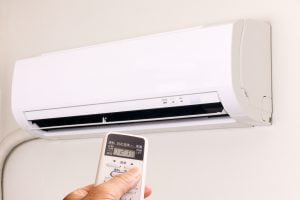 If you’re looking for commercial air conditioning, the month of May is the absolute best time of year to search. Here are a couple reasons why May is the best time to buy.
If you’re looking for commercial air conditioning, the month of May is the absolute best time of year to search. Here are a couple reasons why May is the best time to buy.


 If children complain about being unable to concentrate in class, one of the most likely causes is classroom temperature. Schools in which children regularly work in classroom temperatures of 28 degrees or higher may find themselves with lower than average examination results, and a problem with aggressive behaviour among their students!
If children complain about being unable to concentrate in class, one of the most likely causes is classroom temperature. Schools in which children regularly work in classroom temperatures of 28 degrees or higher may find themselves with lower than average examination results, and a problem with aggressive behaviour among their students!
 While Willis Haviland Carrier is generally recognized as the ‘father’ of air conditioning, inventors have been fiddling around with the idea of cooling systems as far back as Benjamin Franklin.
While Willis Haviland Carrier is generally recognized as the ‘father’ of air conditioning, inventors have been fiddling around with the idea of cooling systems as far back as Benjamin Franklin.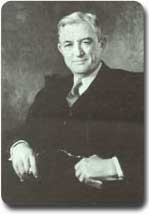 Willis Carrier first appears on the air conditioning scene in 1902. He invents an apparatus for treating air for a publishing company in Brooklyn, New York. Carrier’s machine blows air across cold coils thus controlling both temperature and humidity of the air inside the building. His device soon attracts the attention of factory owners and industrialists across the country and the Carrier Air Conditioning Company of America is born.
Willis Carrier first appears on the air conditioning scene in 1902. He invents an apparatus for treating air for a publishing company in Brooklyn, New York. Carrier’s machine blows air across cold coils thus controlling both temperature and humidity of the air inside the building. His device soon attracts the attention of factory owners and industrialists across the country and the Carrier Air Conditioning Company of America is born.